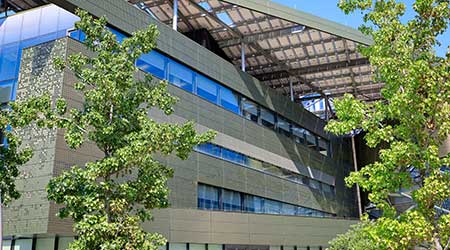Demand-Response Programs: Understand Risks and Benefits
Demand-response programs are expanding rapidly nationwide as utilities struggle to keep pace with the growing demand for electricity. As the United States moves closer to implementing a smart grid, maintenance and engineering managers might find that demand-response programs are a key element of their facilities' operations.
The purpose of such a program is to allow utilities to reduce electrical energy use in response to peak-demand levels, which place stress on the electrical grid and result in high wholesale electricity prices or problems within the distribution system that could result in a system outage if not corrected.
For commercial and institutional facilities, a demand-response program can reduce costs and, in some cases, generate revenue. But before managers enroll their organizations in demand-response programs, they must understand the risks and benefits of a program. They also have to make sure their facilities can meet reduced electrical demands, and they need to communicate the way participation in the plan will affect building occupants.
Program Particulars
Under most demand-response programs, a facility — in many cases the engineering or maintenance department — receives notification for a demand-response event. Managers and front-line technicians take steps to reduce their demand for electricity according to a pre-planned load-reduction scheme.
Program details determine the amount of advance warning a facility receives, the load it must reduce, and the length of time it must sustain that reduction. Managers do have the option of using on-site generation capabilities instead of shedding electrical loads. Demand-response incentives vary by program, but they typically include rebates and avoidance of short-term increases in electricity prices.
While demand-response programs offer economic benefits, not all organizations can or should participate. For example, health care facilities — particularly those without large central plants — might not be able to reduce their electrical loads enough without interfering with patient comfort or safety. Similarly, large information-technology centers might not be able to shut down sufficient loads without putting equipment at risk. Retail facilities might not be able to lower or shut down air-conditioning loads without compromising customer comfort.
Related Topics:














